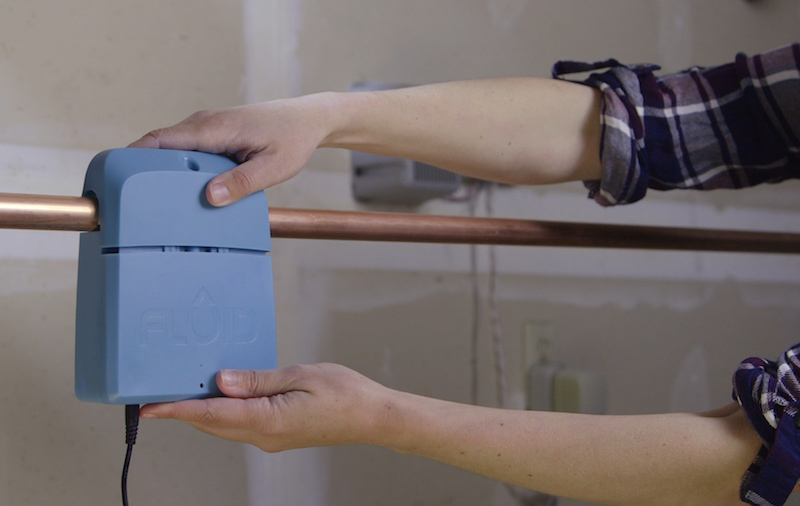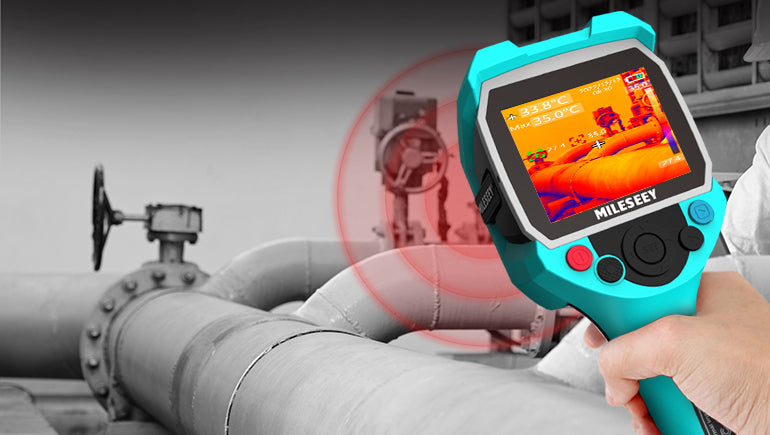Comprehensive Overview to Water Leak Detection for Home Owners and Services
Comprehensive Overview to Water Leak Detection for Home Owners and Services
Blog Article
Cutting-edge Solutions for Very Early Detection of Water Leakages in Buildings and Framework
From advanced leak detection modern technologies to the release of IoT sensing units for real-time surveillance, the landscape of leakage prevention is progressing quickly. Automated water circulation evaluation systems are improving exactly how leakages are determined and attended to, leading the means for an aggressive approach to water leak discovery.
Advanced Leakage Discovery Technologies
Advanced leak discovery modern technologies, equipped with advanced sensors and formulas, play a vital role in quickly recognizing and identifying water leakages in numerous settings. Electromagnetic sensing units can identify adjustments in electromagnetic areas caused by water, supplying yet one more layer of leakage detection ability.

IoT Sensors for Real-Time Tracking
In the world of modern water leak detection, the integration of IoT sensors for real-time tracking stands for a crucial advancement in improving positive leakage discovery capabilities. These sensors use continual surveillance of water supply, providing real-time data on water flow rates, stress variations, and temperature changes. By leveraging IoT innovation, these sensors can find also the tiniest abnormalities in water usage patterns, making it possible for early identification of prospective leakages before they intensify into significant issues.
IoT sensing units transfer information to a central system, where innovative formulas examine the details and create signals or alerts when abnormalities are identified. This real-time surveillance ability enables residential property proprietors or facility managers to promptly address leakages, lessening water damage, decreasing repair expenses, and conserving water sources.
In addition, IoT sensing units can be integrated with structure monitoring systems, permitting automated reactions to discovered leaks, such as shutting down water shutoffs or activating pumps to mitigate the effect of leaks. On the whole, the execution of IoT sensing units for real-time monitoring significantly boosts the efficiency and performance of water leakage detection in structures and facilities.
Artificial Intelligence Algorithms for Leakage Prediction

One trick benefit of utilizing machine learning for leakage prediction is its ability to continually discover and improve its precision in time. As even more information is gathered and fed into the formula, it can fine-tune its forecasts and adapt to changing problems, ultimately increasing the integrity of leak discovery systems.
Additionally, artificial intelligence algorithms can aid in determining refined indications of leaks that might go undetected by standard monitoring techniques. water leak detection. By analyzing intricate information embed in real-time, these algorithms can give early cautions and notifies, permitting prompt treatment and preventative maintenance to minimize potential water damages and associated expenses
Making Use Of Thermal Imaging for Leak Discovery
Thermal imaging modern technology supplies a promising approach for finding water leakages in numerous systems and frameworks. By making use of infrared radiation and temperature variances, thermal imaging video cameras can determine covert more helpful hints leaks that are not quickly visible to the naked eye.
One of the key advantages of thermal imaging for leak detection is its non-intrusive nature. Unlike traditional methods that might call for damaging right into walls or floors to find leakages, thermal imaging enables for non-destructive screening. This not only saves time and reduces costs yet also decreases disturbance to the structure or facilities being evaluated. Additionally, thermal imaging can quickly check huge areas, offering a detailed review of potential leakage resources in a timely fashion. Overall, making use of thermal imaging technology boosts the effectiveness and accuracy of water leak discovery, making it a useful tool for keeping the stability of buildings and infrastructures.
Automated Water Circulation Analysis Equipments
Exactly how Learn More can automated water circulation evaluation systems reinvent the discovery and administration of leakages in different systems and facilities? Automated water flow analysis systems provide an aggressive method to leakage detection by constantly keeping an eye on water circulation rates and patterns. By developing standard data, these systems can quickly determine deviations that might indicate a leakage, making it possible for timely treatment to stop considerable damage.
These systems use advanced algorithms to analyze real-time information and provide instant informs when anomalies are found, allowing for quick activity to be taken. Additionally, automated water flow evaluation systems can be incorporated with structure management systems or IoT platforms, improving total efficiency and making it possible for remote tracking capabilities.
In addition, the information accumulated by these visit the site systems can be made use of for anticipating upkeep purposes, assisting to determine prospective weak points in the facilities before leaks take place. On the whole, the execution of automatic water flow analysis systems can considerably improve leak discovery and administration methods, eventually resulting in cost savings, decreased water wastage, and raised sustainability in structures and facilities.

Verdict
To conclude, the assimilation of advanced leakage discovery modern technologies, IoT sensors, machine learning formulas, thermal imaging, and automatic water flow analysis systems offers innovative options for very early detection of water leaks in buildings and framework. These technologies enable real-time monitoring, prediction of leakages, and reliable discovery techniques to avoid water damage and waste. Executing these options can assist in maintaining the integrity and sustainability of water supply in numerous setups.
Report this page